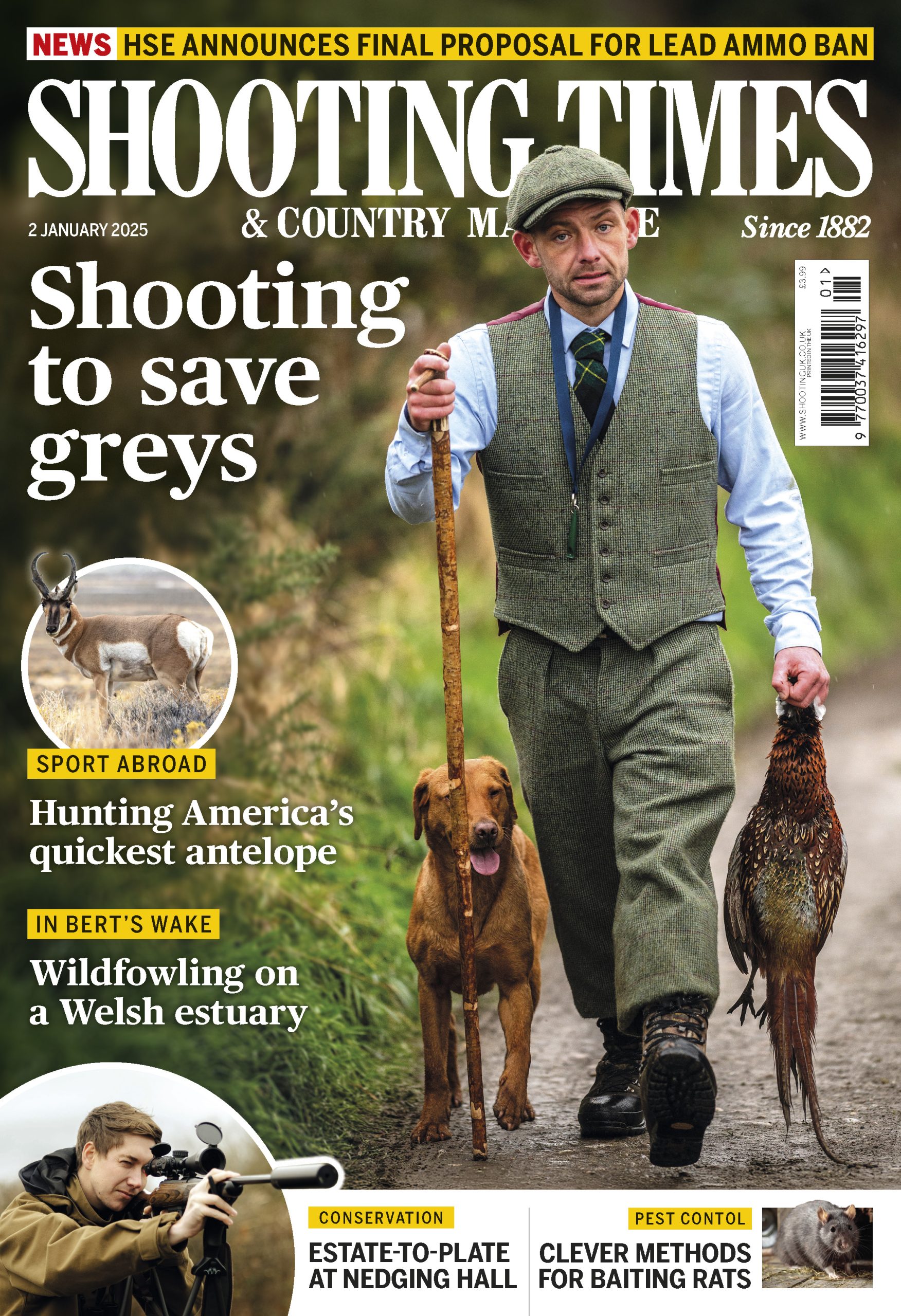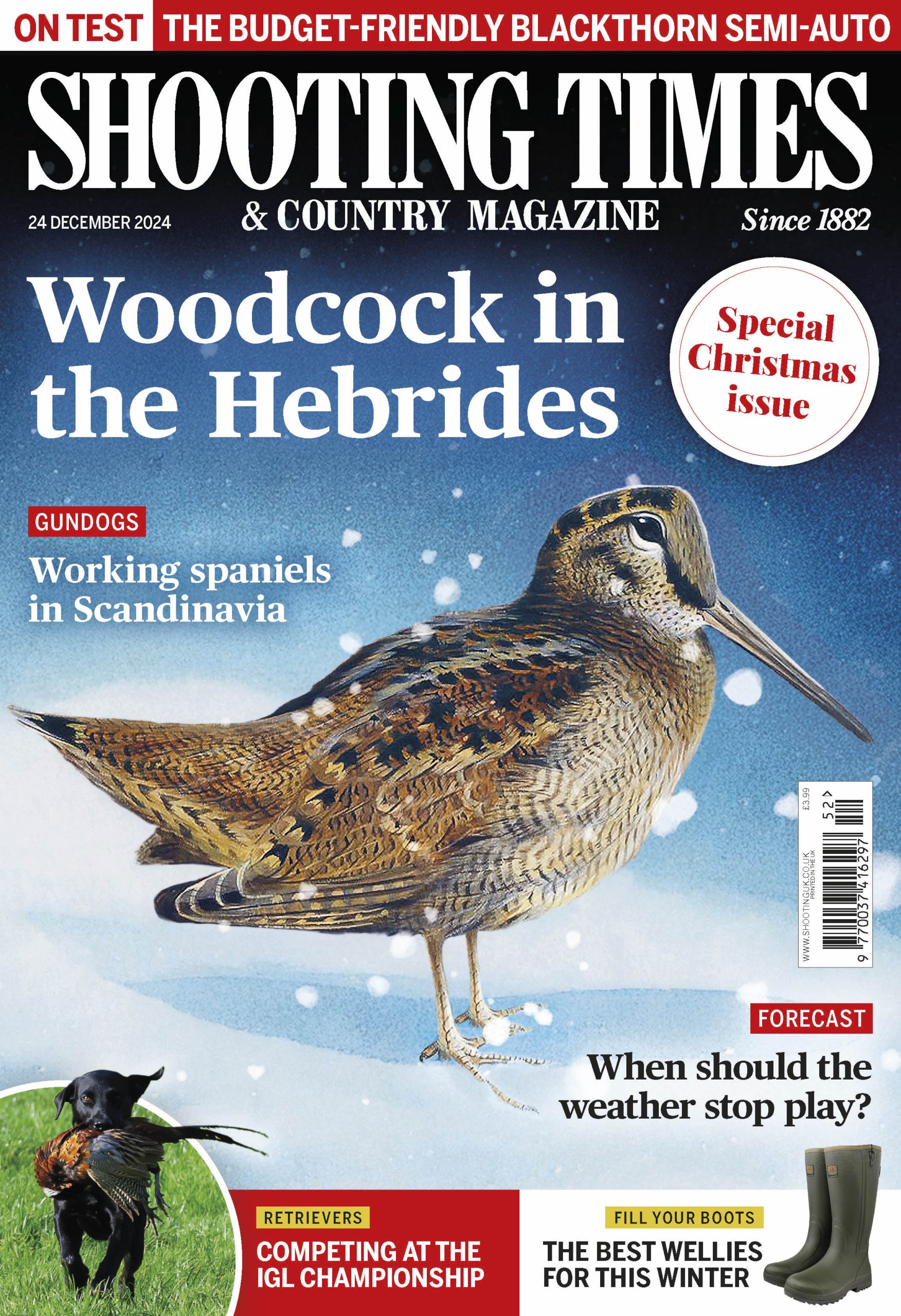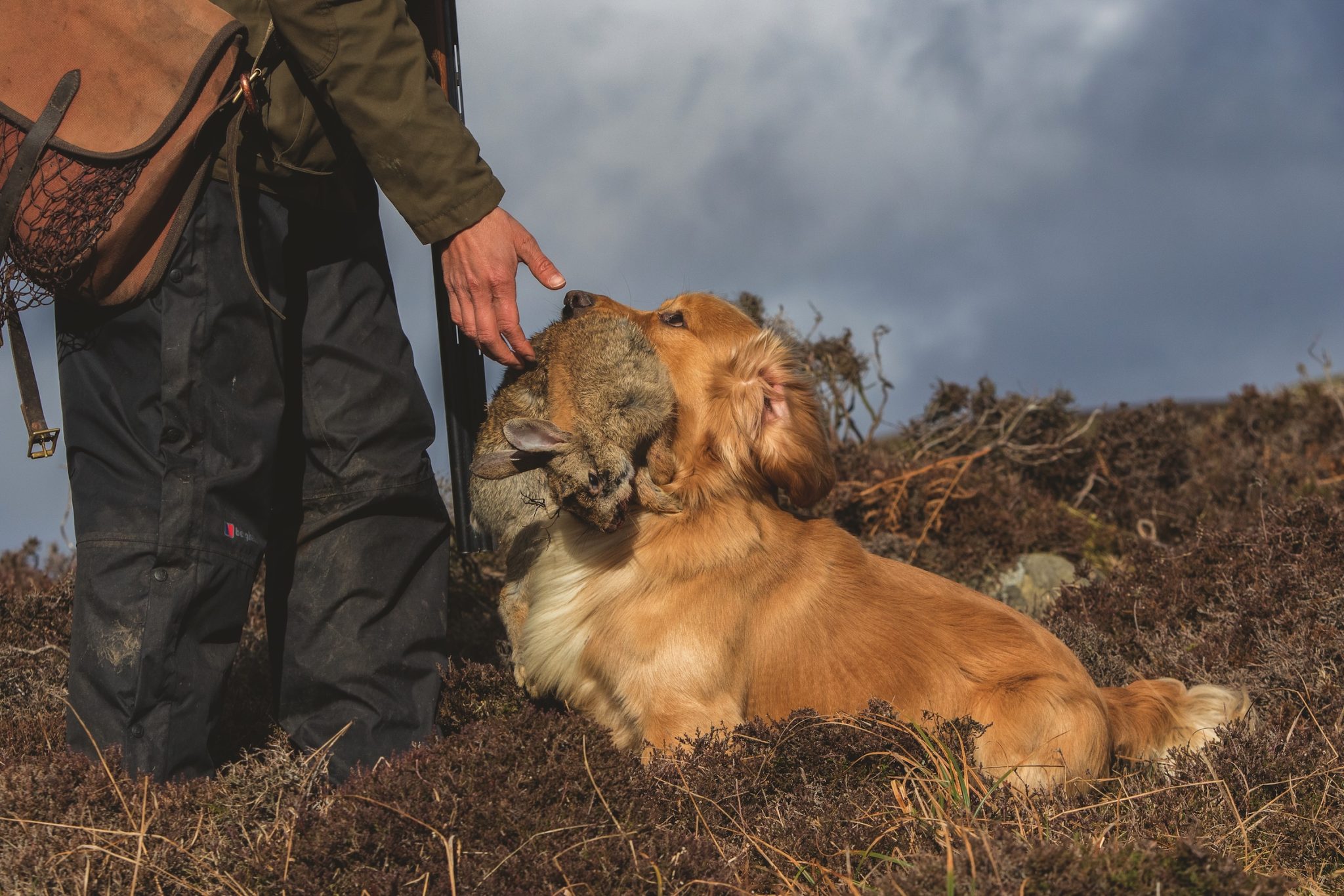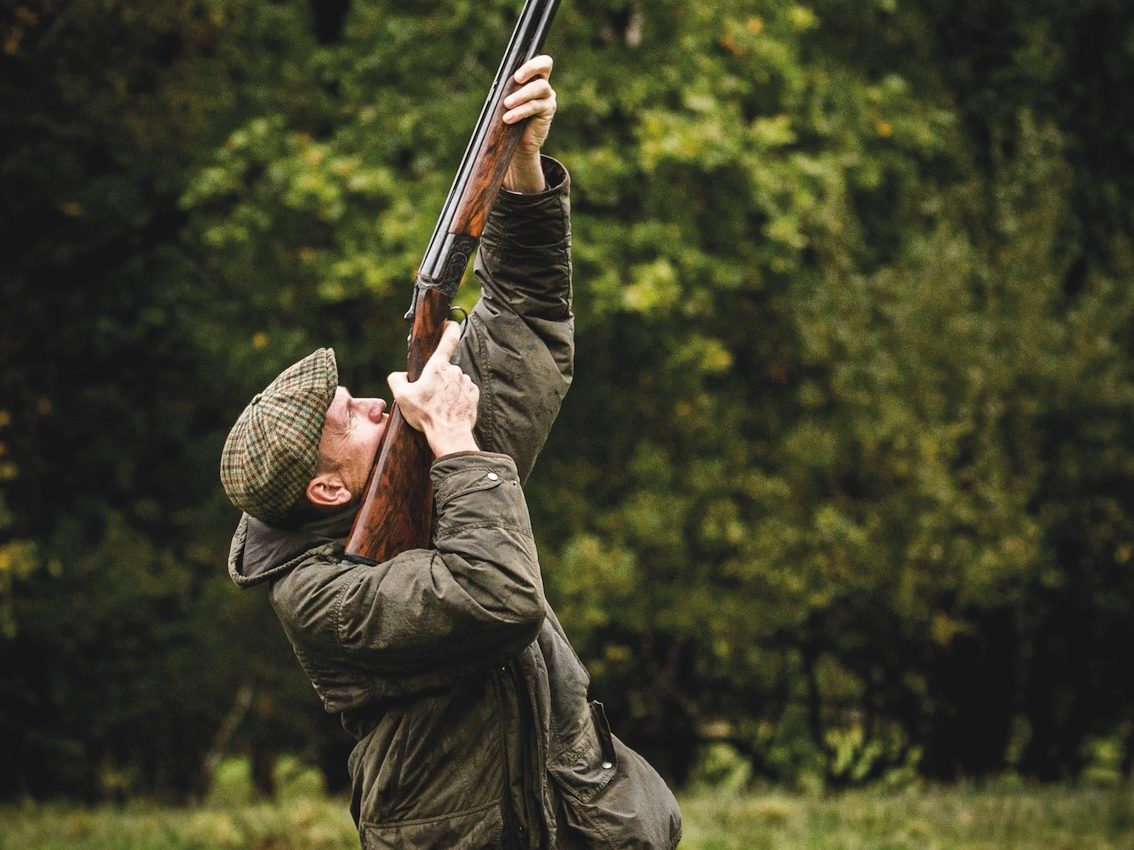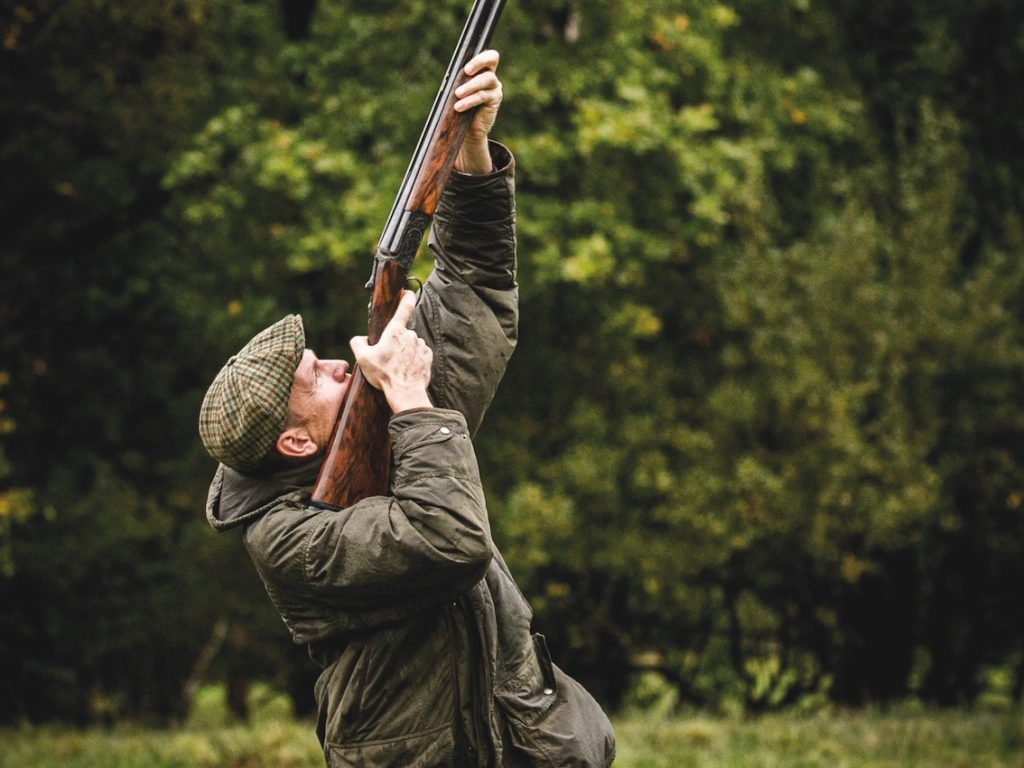Win CENS ProFlex DX5 earplugs worth £1,149 – enter here
Grouse counts show mixed fortunes across Britain
The GWCT's July brood counts, published on the Glorious Twelfth, show grouse breeding success varied dramatically across Britain
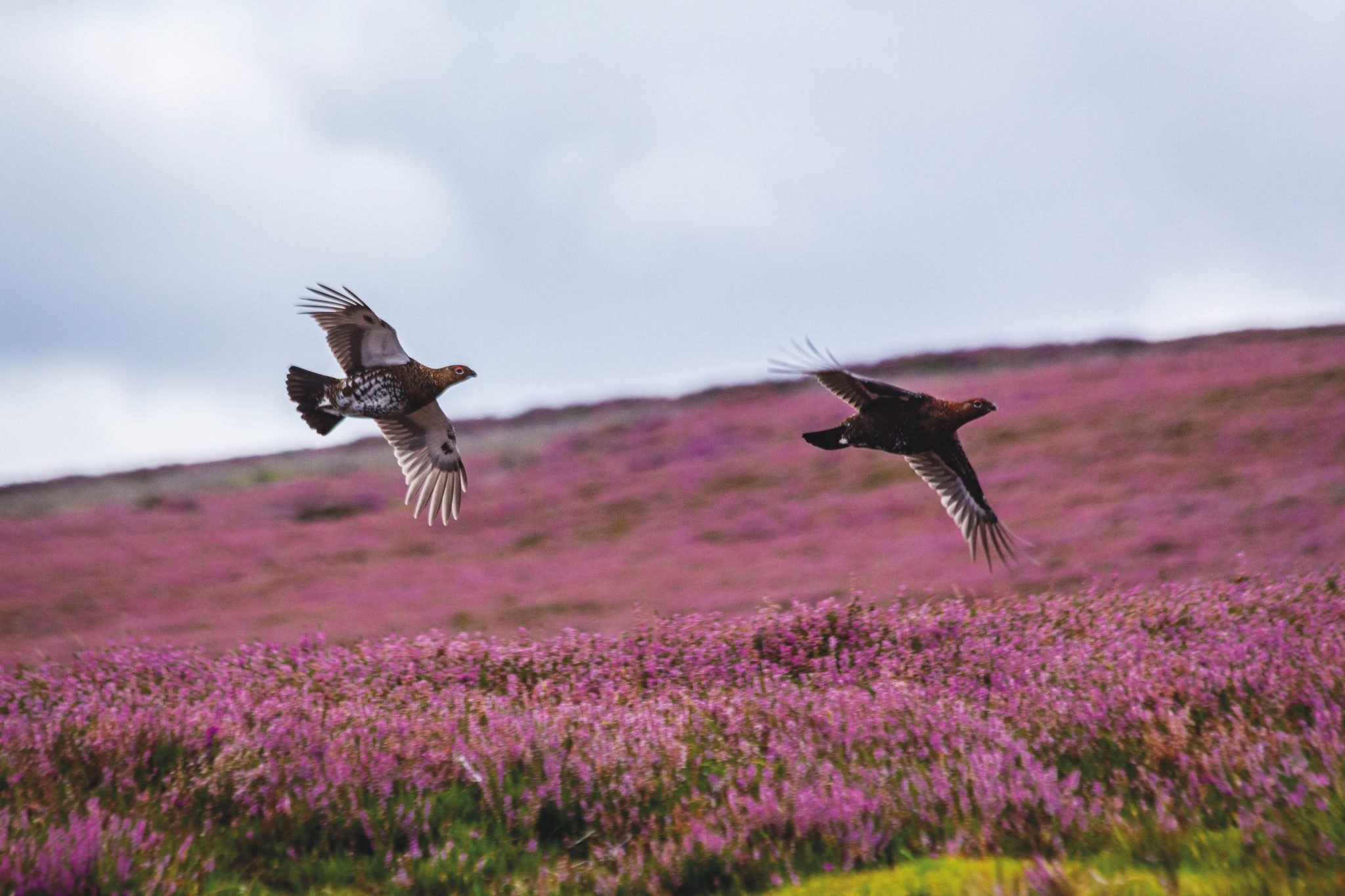 Credit: Kirk Norbury Photography
Credit: Kirk Norbury Photography
The GWCT’s July brood counts, published on the Glorious Twelfth, show grouse breeding success varied dramatically across Britain despite overall populations remaining critically low.
Regional variations highlight recovery challenges
The survey of 45 moorland sites revealed stark regional variations. Scotland performed well, with all regions improving compared to 2024. England’s Northern Dales also excelled, more than doubling productivity from 0.7 to 1.7 young per adult.
However, some English regions struggled. The Southern Dales dropped from 1.5 to 1.0 young per adult, while the North York Moors remained flat at 1.0, both hit by severe heather beetle damage.
These mixed results follow spring pair counts that showed breeding populations crashed by 40% in England and 34% in Scotland. Most estates now face a building year focused on recovery rather than shooting.
“Where counts are poor, some shoots have started scaling back,” said Andrew Gilruth, chief executive of the Moorland Association. “This has economic implications for rural businesses that rely on the shooting season, but most estates recognise the need to protect grouse stocks for future years.”
Former gamekeeper Lindsay Waddell attributed the varied performance to multiple factors: “The results will be no surprise to those who manage the moors. Grouse production has been driven by many influences: beetle damage, altitude, weather affecting insects, and last year’s poor breeding.”
Research and regulation shape the future of moorland management
The crisis highlights the importance of ongoing research. The GWCT’s Joe Dimbleby, reflecting on 45 years of monitoring, told Shooting Times: “The latest figures show the largest recorded annual drop in numbers. Reasons for the decline are complex, which is why the GWCT’s maternal grouse project and long-term data analysis is so important.”
The maternal grouse project monitors hens through the breeding season, while long-term analysis examines decades of population data to identify decline drivers.
Mr Dimbleby pointed to Wales and southern Scotland where grouse became “locally extinct” after the “cessation of skilled management by moorland gamekeepers”. His comments will strike a chord for many as traditional moorland management faces mounting regulatory pressure.
Scotland will require muirburn licensing from January 2026, while England proposes expanding restrictions on burning deep peat from 40cm to 30cm depth. “There is no scientific basis for this change, and it risks catastrophic loss of moorland,” Mr Dimbleby warned.
The GWCT partners with The Heather Trust
The need for more scientific evidence has prompted the GWCT to partner with The Heather Trust to quantify the environmental benefits of traditional moorland management in a newly announced study.
However, former gamekeeper Mr Waddell questioned whether evidence would influence policy: “If government agencies carry on dismissing good science in favour of green politics, what will it achieve?”
The full report from the GWCT can be read here.
Did you like this article? Read more news from ShootingUK, or subscribe to Shooting Times & Country magazine.
Related Articles
Get the latest news delivered direct to your door
Subscribe to Shooting Times & Country
Discover the ultimate companion for field sports enthusiasts with Shooting Times & Country Magazine, the UK’s leading weekly publication that has been at the forefront of shooting culture since 1882. Subscribers gain access to expert tips, comprehensive gear reviews, seasonal advice and a vibrant community of like-minded shooters.
Save on shop price when you subscribe with weekly issues featuring in-depth articles on gundog training, exclusive member offers and access to the digital back issue library. A Shooting Times & Country subscription is more than a magazine, don’t just read about the countryside; immerse yourself in its most authoritative and engaging publication.
